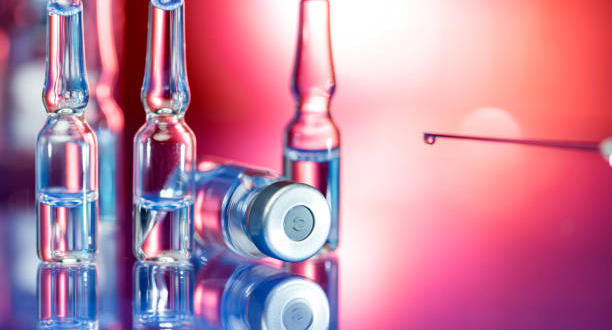It is necessary to understand stability to understand drug stability testing. A drug’s stability is its ability to retain the same chemical and physical properties it possessed during manufacture and long after the time of manufacture. Conducting this test lets consumers and manufacturers know how long and under what conditions the drug works the best.
To make this simpler, imagine an apple. Everyone knows that apples will rot within two or three weeks. Consuming an apple after it is rotten can cause serious health complications. Hence people refrain from eating an apple after three weeks because it is bad for their health. The same ideology applies to chocolates, tablets, medicinal tonics, face washes, etc. Likewise, it is essential to know how long the drug can work efficiently and when it can cause harm. It is also necessary to know under which physical conditions (like temperature, exposure to light) the drug should be stored for it to work harmlessly.
A drug stability test will answer these questions. Stability testing of a drug helps determine the duration time of a drug that will retain its properties under the influence of various external factors such as a change in temperature, humidity, or exposure to bright light. Stability tests are essential in ensuring the safety of the products and, in turn, consumers’ safety.
Importance of Stability Testing:
Running a drug stability test from companies like Arbro Pharmaceuticals helps understand the basic applications and characteristics of the drug.
- Safety: Drug stability testing is a crucial way to find whether the drug is safe for human use or human consumption. The drug can not be put up for sale and distribution without ensuring that it is harmless or not.
- Shelf-Life: Shelf life determines how long a product can be stored. It helps in defining the expiry date of the drug. One often sees tags like, “best before six months from manufacturing.” This refers to the shelf-life of the drug. Mentioning this is crucial to help consumers understand the duration they can use the drug for.
- Storage condition recommendations: Ice creams are stored in refrigerators while the bread is stored outside. Different products have different methods of storage. The same extends to drugs. The reports of drug stability testing explain in detail with evidence of how drugs react to various temperature and humidity levels. This report is used in concluding the best storage methods for a longer shelf-life of the drug before distribution in the market.
- Development of the product: Stability testing also helps identify the flaws in the current product. It acts like a trial-and-error procedure until achieving a product with the best results. After identifying all weaknesses, it is easier to develop the product as it is easier to identify which parts need improvisation.
- Quality standards: Stability testing of a drug medically proves its quality. This not only helps companies display how good their product is, but it also allows companies to estimate how well their product would act on the market.
- Research and Development: The test reports give insight into the nature of the product. With this, manufacturers can determine what went wrong with the product and how to fix it. This, in turn, yields to the delivery of a better and more compatible product.
- Legal approval: A medicinal report of the test must be submitted to approve the commercialization of the product legally. If the report does not match the WHO and ICS standards, the product will not be approved for commercial sale.
- Selection of suitable packaging material: If the product gets approved for commercialization and sale in the market, the product’s packaging is the first step to begin. The manufacturers must be very careful and have to ensure that they do not select reactive packaging materials. The drug stability test results are used to understand which materials to choose and which not to. This ensures that the right products that can tolerate the pressure and stress are selected.
- Understanding and eliminating impurities: While deeply assessing the product during the test, it is easy to determine if by-products or impurities are formed in the product after it reacts with any external source. To understand this, picture yeast forming on a loaf of bread. Similarly, drug stability tests help identify these impurities that can be formed and are a great source of reliable information that can help overcome this situation. Manufacturers will then be able to determine the contaminants present or can be formed in the product and work on fixing it. In the end, it aids in the development and betterment of the product.
 HammBurg Be informed with latest news, reviews, entertainment, lifestyle tips, and much more.
HammBurg Be informed with latest news, reviews, entertainment, lifestyle tips, and much more.




